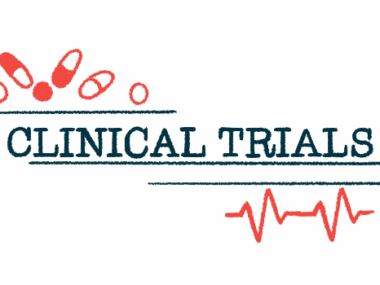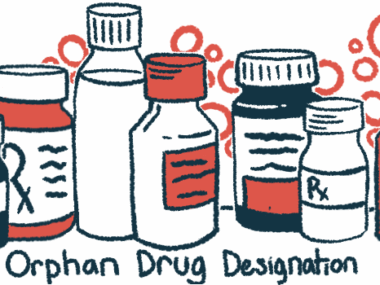GLIX1 named FDA orphan drug as potential malignant glioma therapy
Treatment, now preclinical, aims to kill cancer cells by going after their DNA
Written by |

The U.S. Food and Drug Administration (FDA) has granted orphan drug designation to GLIX1, a cancer treatment now in the preclinical stages of development, as a potential therapy for malignant glioma, its developer Hemispherian announced.
GLIX1 is designed to kill cancer cells by going after the cells’ DNA.
The FDA awards orphan drug status to investigational therapies that have the potential to treat disorders that affect fewer than 200,000 people in the U.S. The designation aims to give extra incentives for companies investing in developing treatments for rare diseases. Orphan drug designation offers several benefits, including tax breaks, fee waivers, and a guarantee that, if the therapy is ultimately approved, Hemispherian would be entitled to seven years of market exclusivity.
“This designation from the FDA further validates our scientific approach and mission to address high unmet needs in oncology,” Zeno Albisser, CEO of Hemispherian, said in a company press release.
Orphan drug status for GLIX1 also recommended in EU
Glioma is a type of brain cancer, marked by tumors. Malignant glioma refers to tumors that are fast-growing, aggressive, and tend to invade other tissues; glioblastoma is an example of a malignant glioma. These cancers are difficult to treat, and prognoses for patients are generally poor.
Hemispherian is developing GLIX1 as a treatment to target the DNA of cancer cells.
DNA is made up of building blocks called nucleotide bases. According to Hemispherian, a specific type of nucleotide base called 5-hydroxymethylcytosine is virtually always present in cancer cells at lower than normal levels. When levels of 5-hydroxymethylcytosine are rapidly increased, it triggers a DNA damage response that can kill the cancer cell.
GLIX1 is a first-in-class small molecule with a unique mechanism of action, and we are encouraged by the recognition from both U.S. and EU regulators of its potential to offer meaningful benefit to patients with malignant glioma.
GLIX1 is designed to boost the activity of an enzyme called TET2, which is responsible for making 5-hydroxymethylcytosine. By targeting this enzyme, the therapy aims to rapidly raise 5-hydroxymethylcytosine levels, ultimately triggering that DNA damage response to kill the cancer cell. According to Hemispherian, the experimental treatment has shown cancer-killing properties in cell and animal models, while having minimal adverse effects on noncancer cells.
A committee in the European Union last month issued a positive opinion recommending orphan drug designation for GLIX1 in the EU.
“GLIX1 is a first-in-class small molecule with a unique mechanism of action, and we are encouraged by the recognition from both U.S. and EU regulators of its potential to offer meaningful benefit to patients with malignant glioma,” Albisser said.







